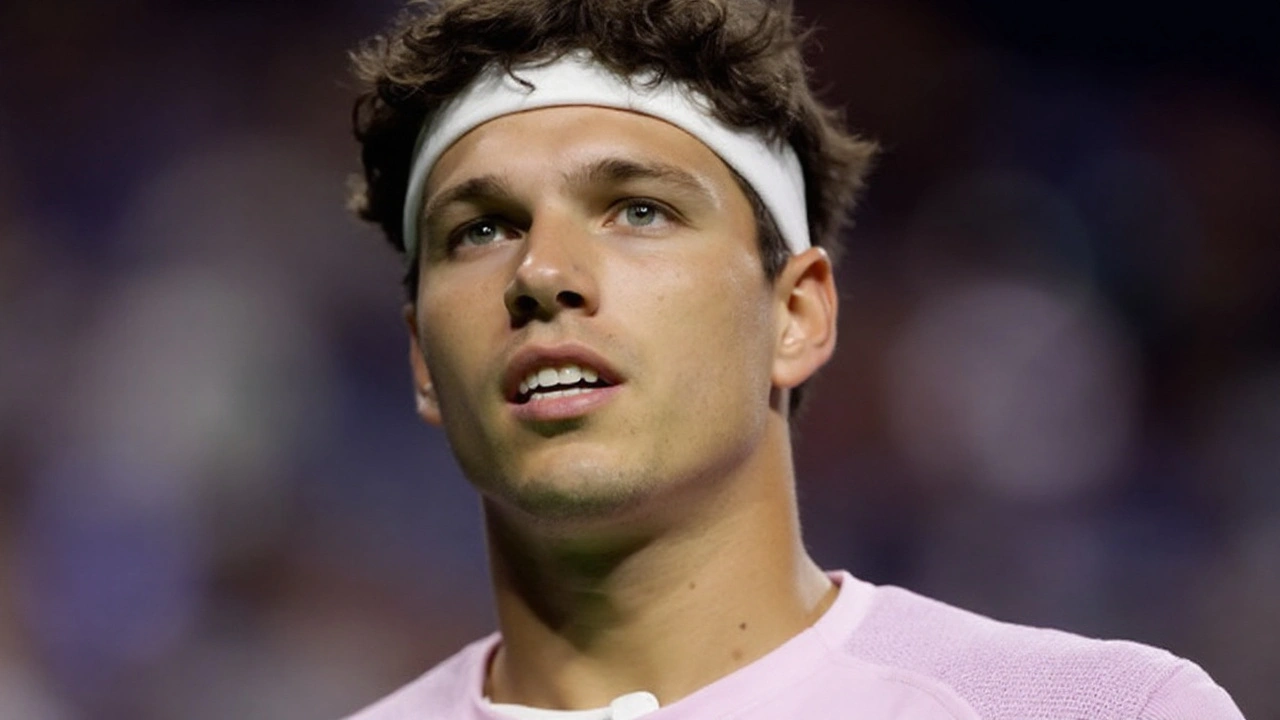US Open: Your Fan Guide for the Big Tennis Week
Planning to follow the US Open? This quick guide gives you exact timing, where to stream or watch on TV, who to keep an eye on, and practical tips if you’re going to Flushing Meadows. No fluff — just useful stuff you can use right away.
The US Open tennis tournament usually lands in late August and runs into the first week of September at the USTA Billie Jean King National Tennis Center in New York. The main draw lasts two weeks: the first week for early rounds and the second for quarters, semis, and the finals. Sessions run morning, afternoon and night, so check the daily order of play on usopen.org for match times — they change a lot based on weather and TV broadcast schedules.
Where to watch and stream
In the United States, live coverage is on ESPN and ESPN2 with streaming via the ESPN app. Outside the US, rights differ by country: many African viewers can catch matches on SuperSport via DStv or on local sports channels with tennis rights. The official US Open site and app offer live scores, selected live feeds, highlights and match stats. Download the US Open app for push alerts and the daily order of play.
Missing a match? Use the US Open YouTube channel and social accounts for short highlights, press conferences and best moments. If you rely on streaming, check your connection before big matches and sign into your TV provider early to avoid access problems.
Tickets, travel and what to expect
Buy tickets from the official US Open ticket site or trusted resale platforms. Arthur Ashe Stadium has the highest prices; outer courts and day sessions cost less. Grounds passes on early days are great value — you can hop between courts and catch rising players. For transit, the 7 train to Mets-Willets Point is the main route. Expect security checks and bag rules: only clear bags under the allowed size are accepted.
If you’re going to a night session, bring a light jacket — evenings can cool quickly. Hydrate and plan breaks: lines for food and restrooms get long during peak matches. For best seats, sideline sections give better views of rallies; baseline seats are dramatic for serve and return action but can be pricier.
Looking for freebies? Arrive early to watch practice courts where younger players tune up and sometimes sign autographs. If you want a quieter experience, attend midweek day sessions when crowds are smaller and you can see more matches close up.
For betting or picking winners, follow recent hard-court form and any injury news. Young players often cause early upsets, so check injury reports and recent results rather than only seedings.
Finally, expect a festival vibe: music, fan zones, and sponsor activations. Plan your day, charge your phone, and enjoy the on-court drama — even a mid-level court can give you unforgettable tennis moments.
Alcaraz Wins 2025 US Open as Trump Returns to Arthur Ashe Stadium
Carlos Alcaraz clinched his second US Open title on Sep 7, 2025, while former President Donald Trump's return to Arthur Ashe Stadium sparked fierce reactions and media buzz.
Ben Shelton’s Stunning Masters 1000 Win Sets Up High-Stakes US Open Run
Ben Shelton powered to his first ATP Masters 1000 win in Toronto, becoming the youngest American to do so since 2004. Now ranked World No. 6, Shelton eyes ending the American men's Grand Slam drought with newfound confidence and a stronger mental game ahead of the US Open.

